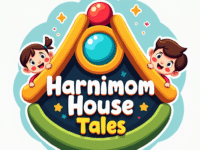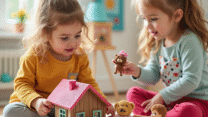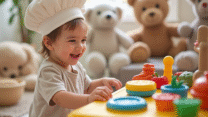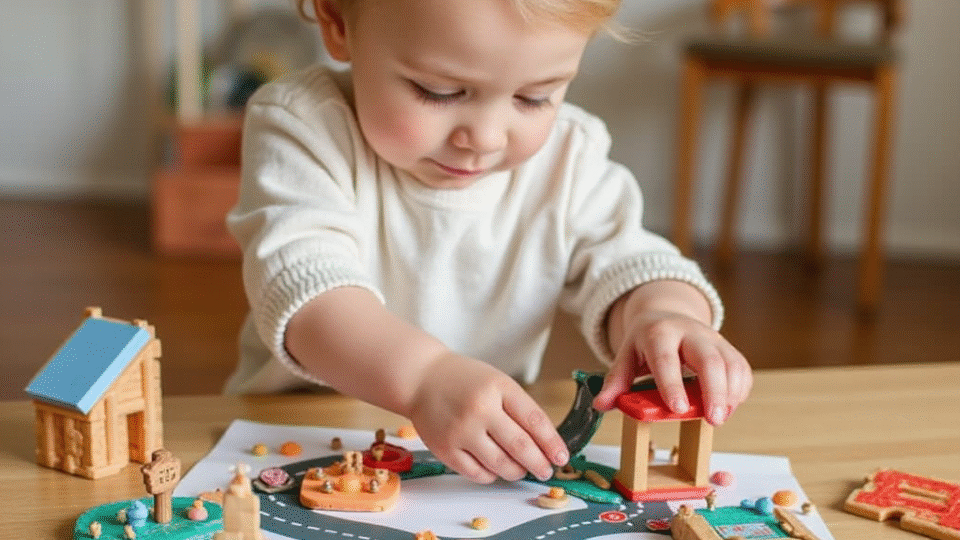
Smart and Fun: Choosing the Best Learning Toys for 2-Year-Olds
When your little one turns two, their world expands in magical ways. Suddenly, everything is a puzzle to solve, a sound to mimic, or a tower waiting to be built. At this age, toddlers are curious explorers, eager to learn through touch, sound, sight, and play. That’s why choosing the right learning toys matters so much—they’re not just “playthings,” they’re steppingstones in your child’s development.
In this guide, we’ll dive into the most effective educational toys for 2-year-olds, how they shape early skills, and how you can pair them with storybooks to make learning richer and more joyful.
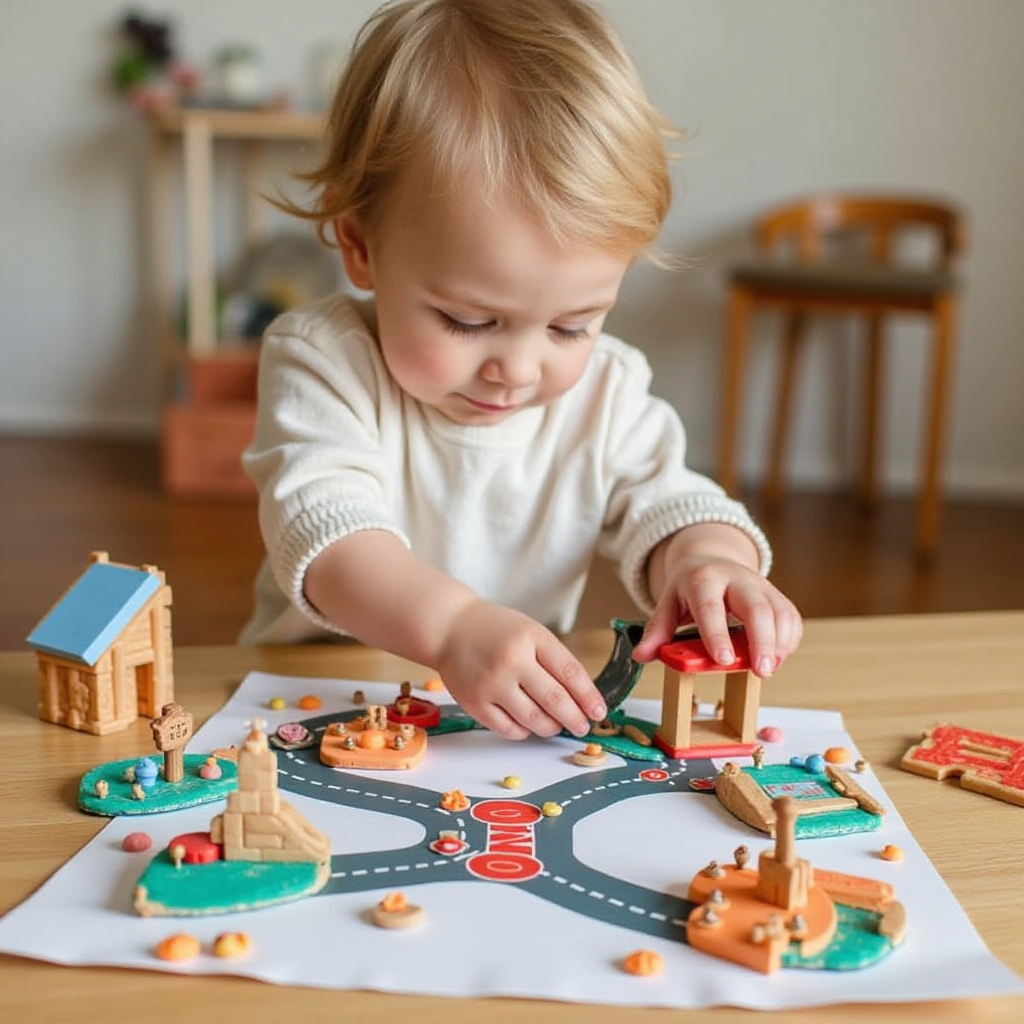
Why Learning Toys Are Essential at Age Two
The toddler stage is a time of explosive growth. Your two-year-old is picking up new words daily, practicing independence, and trying to make sense of the world. Learning toys support this journey by:
- Strengthening fine motor skills through stacking, sorting, and grasping
- Boosting problem-solving and early logic
- Encouraging pretend play and imagination
- Expanding language through role play and naming activities
- Building emotional confidence as they succeed in small challenges
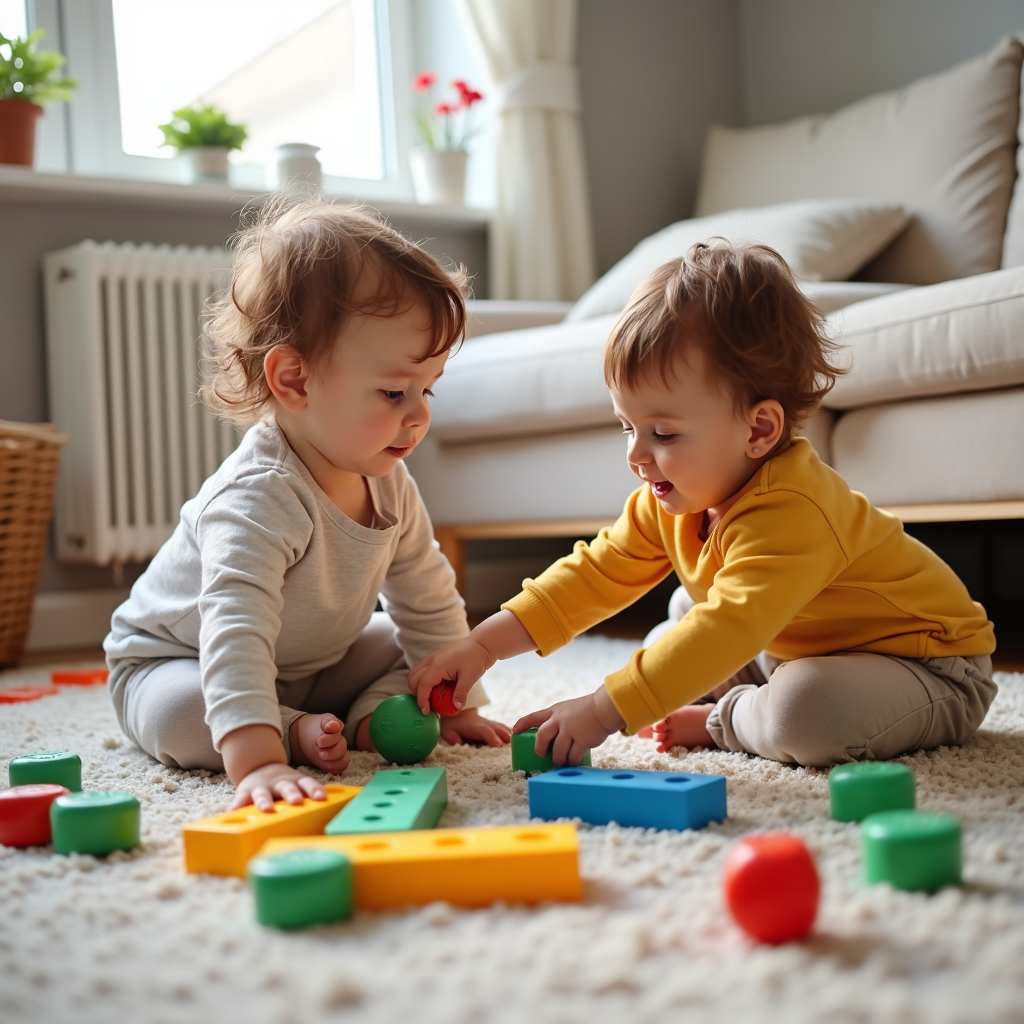
👉 Related post: [Best Toy for 2-Year-Olds in 2025]
Categories of Learning Toys for Two-Year-Olds
1. Sorting, Stacking, and Matching Games
Toddlers love repetition, and shape sorters or stacking rings are timeless for a reason. They teach balance, size differences, hand-eye coordination, and cause-and-effect. Matching cards or color boards are also fantastic for teaching recognition.
Storybook tie-in: After play, share a book about colors, shapes, or counting to reinforce the concepts.
👉 Related post: [Top Toddler Toys for 2-Year-Olds]
2. Creative Building Blocks
Whether it’s chunky wooden blocks or big interlocking bricks, building toys invite endless possibilities. Towers, tunnels, and houses give toddlers a chance to practice problem-solving, balance, and creativity—all while strengthening little fingers.
Storybook tie-in: Pair building with a fun construction-themed story for double the learning.
👉 Related post: [Pretend Play Toys for Toddlers]
3. Early Music Makers
Tiny drums, xylophones, or shakers help toddlers express themselves while improving rhythm and coordination. Music also supports memory and language skills—think of how quickly kids memorize rhymes!
Storybook tie-in: After music time, read a rhyming or sing-along storybook.
👉 Related post: [Toddler Storybooks That Encourage Curiosity]
4. Beginner Puzzles
Simple puzzles with chunky pieces are perfect for patience, logic, and hand-eye coordination. Themes like animals, vehicles, or everyday objects expand vocabulary while keeping little hands busy.
Storybook tie-in: Match puzzle play with a story featuring the same theme (for example, animals or trucks).
👉 Related post: [Perfect Birthday Gifts for Toddlers]
5. Pretend Play Sets
Doctor kits, kitchen sets, and dress-up costumes spark imagination and role play. Through pretend scenarios, toddlers learn empathy, problem-solving, and communication skills.
Storybook tie-in: Read a doctor story after a pretend check-up, or a cooking tale after play kitchen fun.
👉 Related post: [Pretend Play Toys for Toddlers]
6. Outdoor Learning Tools
Sandboxes, gardening kits, and ride-on toys take learning outside. Toddlers gain gross motor skills, sensory input, and even early science knowledge when digging in dirt or watering plants.
Storybook tie-in: Follow outdoor play with a garden or adventure-themed book.
👉 Related post: [Toddler Storybooks for Social Skills & Kindness]
7. Interactive Learning Toys
Simple letter boards, sound toys, or talking books can introduce toddlers to numbers, letters, and songs. Use these in moderation—they’re great when combined with hands-on activities.
Storybook tie-in: If your child learns a new song on a toy, sing it together while reading a rhyming story.
👉 Related post: [Bedtime Storybooks That Help Toddlers Sleep Peacefully]
How Storybooks Turn Toys Into Teaching Moments
Pairing toys with storybooks doubles the learning. Imagine your toddler building a tower, and then you read a book about construction. Or they play “doctor,” and you share a story about kindness and healing. Storybooks connect play with language, helping toddlers make sense of their world while expanding imagination.
👉 Related post: [Toddler Storybooks That Build Emotional Growth]
Tips for Parents When Picking Toys
- Choose open-ended toys that can be played with in multiple ways
- Go for durability and safety—two-year-olds test everything!
- Avoid overly complex toys that frustrate rather than inspire
- Encourage independent play but also join in sometimes to guide learning
- Mix toys with reading time for a full developmental boost
👉 Related post: [Best Toy for 2-Year-Olds in 2025]
Budget-Friendly Learning Toy Ideas
Not every great toy comes from a store. Household items can spark just as much creativity:
- Cardboard boxes become cars, forts, or rocket ships
- Measuring cups turn into sorting and stacking tools
- Wooden spoons and pots make a fun drum set
- Scarves double as costumes or movement play accessories
Simple items give toddlers the freedom to imagine while saving money.
👉 Related post: [Perfect Birthday Gifts for Toddlers]
FAQs About Learning Toys for 2-Year-Olds
Q: What’s the best type of learning toy for a 2-year-old?
A: Open-ended toys like blocks, puzzles, and pretend play sets are most effective because they grow with your child.
Q: How many toys does a toddler really need?
A: Fewer, but better. Rotating a small set of toys keeps things fresh without overwhelming your child.
Q: Can educational toys replace books?
A: No—books and toys work best together. Toys provide hands-on learning, while books build imagination and language.
Q: Are electronic toys good for learning?
A: In moderation, yes. Simple interactive toys can introduce concepts, but hands-on play is more beneficial overall.
Final Thoughts
Educational toys for 2-year-olds are more than just entertainment—they’re powerful tools for growth, imagination, and confidence. From puzzles to pretend play, the right toys nurture creativity and help toddlers develop essential life skills. Add storybooks into the mix, and you’ll create a world where learning feels like play.
